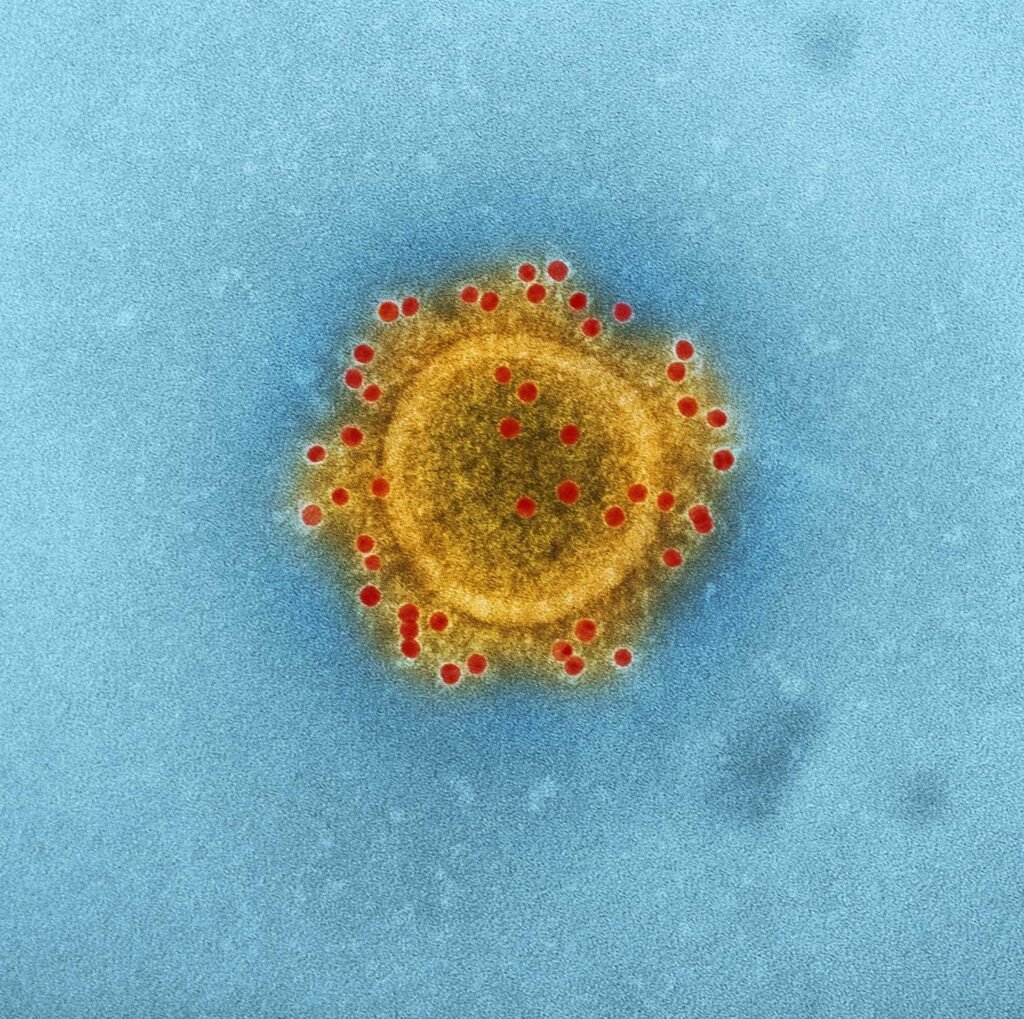With the ongoing concerns about airborne viruses and bacteria, many individuals are seeking ways to improve the air quality in their homes and workplaces. One popular solution that has gained significant attention is the use of air purifiers. These devices are designed to filter out pollutants and contaminants from the air, but are they truly effective against viruses and bacteria?

Before diving into the effectiveness of air purifiers against viruses and bacteria, it’s important to understand how these devices work. Air purifiers typically consist of a fan and one or more filters, which are designed to capture and remove various types of particles from the air.
The most common types of filters used in air purifiers include:
When it comes to viruses and bacteria, the effectiveness of air purifiers can vary depending on the specific model and its features. HEPA filters, for example, can capture some bacteria and larger viruses, but they may not be as effective against smaller viruses that can remain suspended in the air for longer periods.
UV light filters, on the other hand, have been shown to be effective at killing or deactivating viruses and bacteria. UV light has the ability to disrupt the DNA or RNA of microorganisms, preventing them from reproducing and causing infections. However, it’s important to note that UV light filters should be used in conjunction with other filtration methods, as they are not designed to capture larger particles.
It’s worth mentioning that air purifiers are not a standalone solution for preventing the spread of viruses and bacteria. They should be used in combination with other preventive measures, such as regular handwashing, wearing masks, and maintaining good ventilation in indoor spaces.
When selecting an air purifier for virus and bacteria filtration, there are a few key factors to consider:
Air purifiers can be effective in reducing the concentration of viruses and bacteria in indoor spaces. HEPA filters and UV light filters, in particular, have shown promise in capturing and deactivating these microorganisms. However, it’s important to remember that air purifiers should be used as part of a comprehensive approach to maintaining a healthy indoor environment. Regular cleaning, proper ventilation, and adherence to hygiene practices are equally important in preventing the spread of viruses and bacteria.
When choosing an air purifier, consider the specific needs of your space and look for models that offer the right combination of filtration methods and features. By taking these steps, you can enhance the air quality in your home or workplace and contribute to a healthier environment for yourself and those around you.
To provide the best experiences, we and our partners use technologies like cookies to store and/or access device information. Consenting to these technologies will allow us and our partners to process personal data such as browsing behavior or unique IDs on this site and show (non-) personalized ads. Not consenting or withdrawing consent, may adversely affect certain features and functions.
Click below to consent to the above or make granular choices. Your choices will be applied to this site only. You can change your settings at any time, including withdrawing your consent, by using the toggles on the Cookie Policy, or by clicking on the manage consent button at the bottom of the screen.